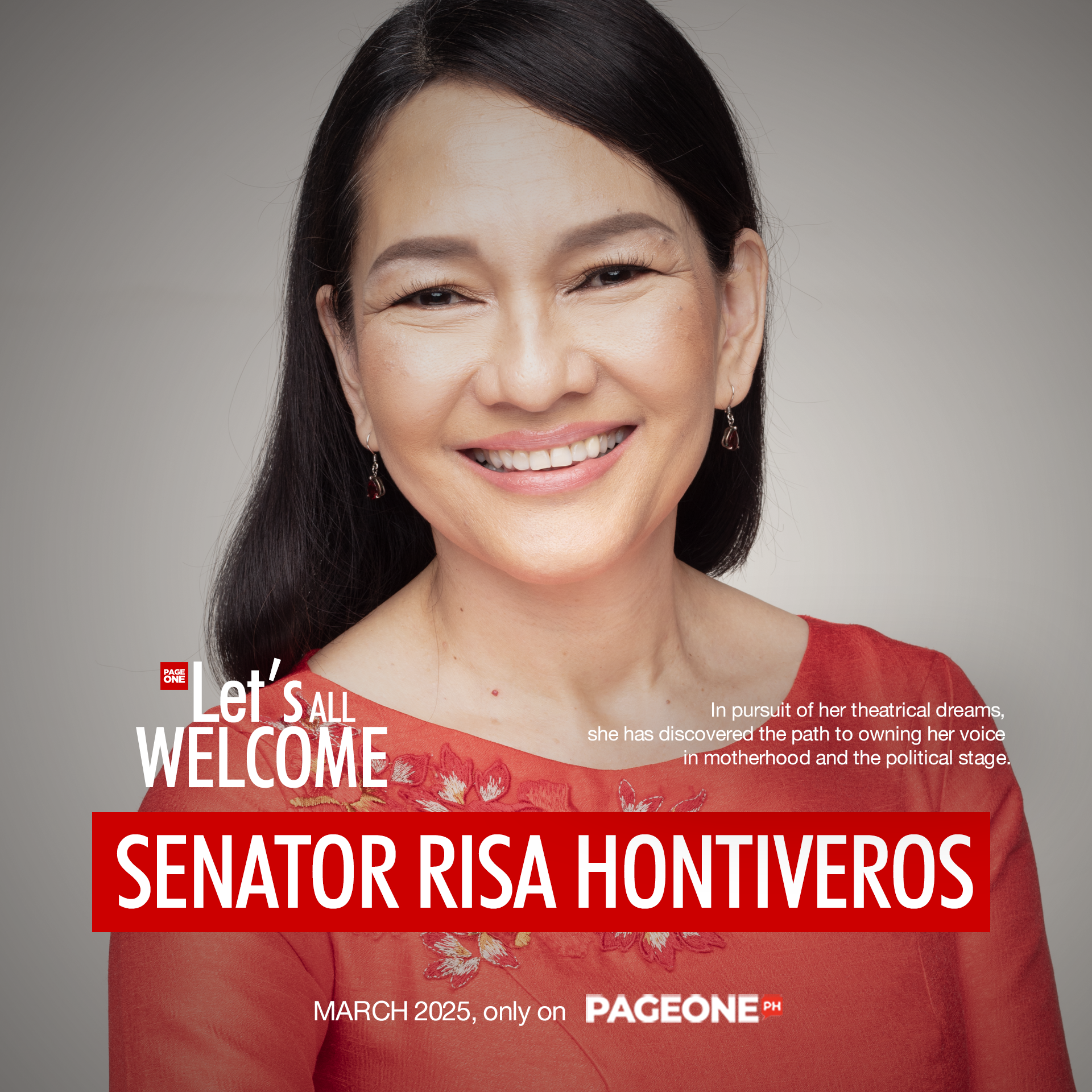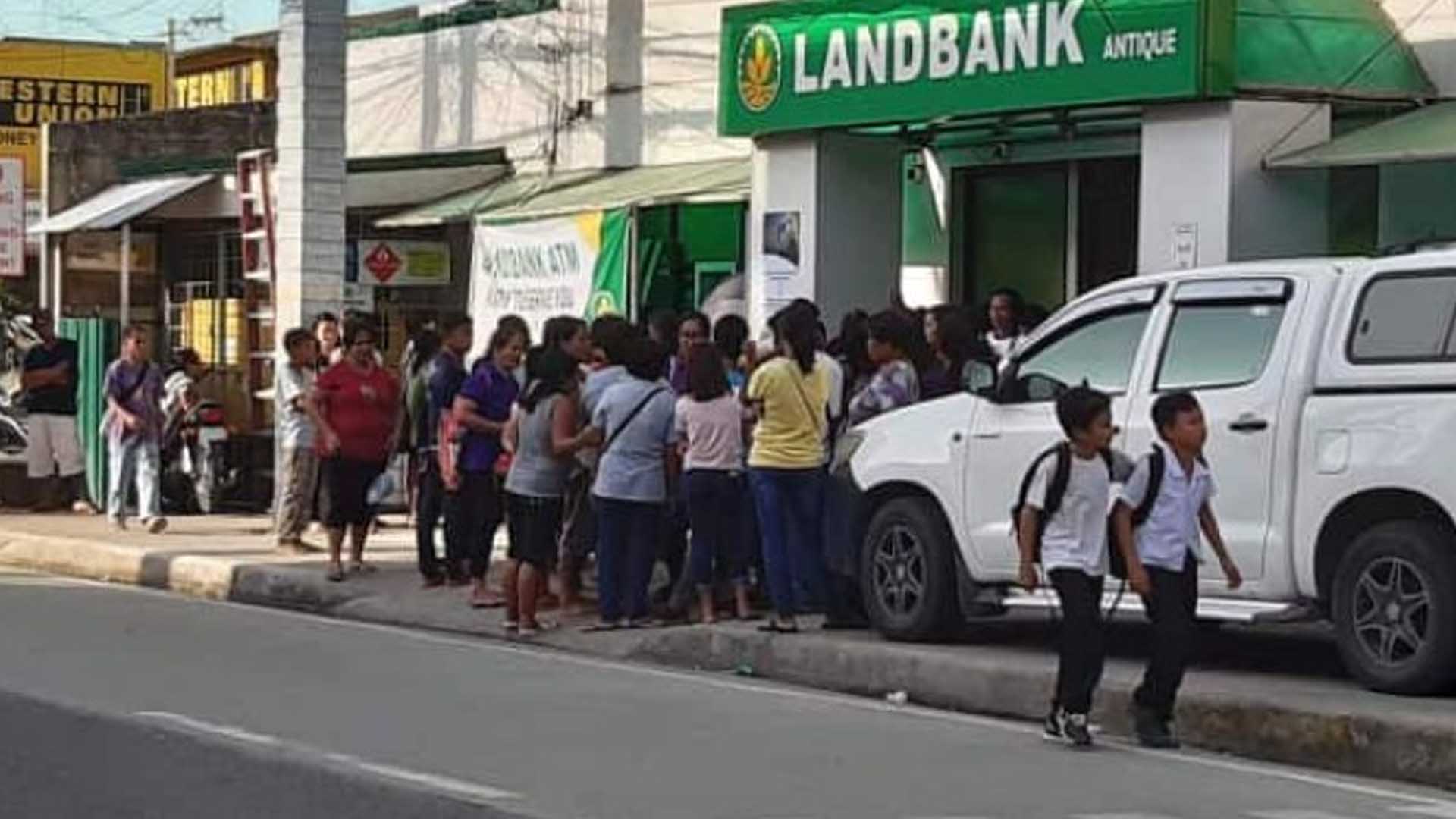A leader of the House of Representatives on Friday recommended the creation of a convergence plan between major programs of the Department of Social Welfare and Development (DSWD) and other government agencies to take the beneficiaries of the Pantawid Pamilyang Pilipino Program (4Ps) and marginalized sectors out of poverty.
House Ways and Means Committee Chair Joey Salceda made the statement in response to the 62-page performance audit report by the Commission on Audit (COA) stating that 90 percent of the active beneficiaries of the government’s 4Ps are still below the poverty threshold.
The COA report noted that out of about 4.2 million active 4Ps beneficiaries who have been on the program for seven to 13 years, 90 percent, or a total of 3,820,012 households are still below the poverty threshold.
“I don’t think it’s the responsibility of the DSWD alone to meet the recommendations of the COA report when it clearly requires a whole-of-government approach,” Salceda said.
He proposed that the DSWD and other government agencies issue a Joint Memorandum Circular on Republic Act 11310 or the 4Ps Law to link the programs of the members of the 4Ps Advisory Council, including the DSWD, the departments of health, education, agriculture, labor, trade and industry, agrarian reform, and science and technology, and Technical Education and Skills Development Authority, in a more systematic way, with the goal of having more members graduate.
The circular, he said, could also recalibrate the role of the 4Ps in the general poverty reduction strategy of the government.
Salceda likewise proposed community investment, job creation, and infrastructure plans for areas with high concentrations of 4Ps beneficiaries.
He said CHED should be included in Advisory Council meetings, and integrate completing tertiary education through scholarships in 4Ps graduation plans.
“I commend Secretary (Erwin) Tulfo’s intent to respond to the COA report’s findings on the longstanding problems of 4Ps head on. The next step is to actually solve those problems, and it will require more than just the DSWD’s efforts,” Salceda said.
He argued that while the 4Ps and other individual- and household-level interventions are essential, they are not sufficient conditions for lifting millions out of poverty.
Salceda said investments in rural development and urban poor communities are still crucial.
“Money alone is not enough. While it creates virtuous cycles in local economies, and while it provides a basic social safety net that allows poor households to take more rewarding risks, money is not enough. Money on an individual and household level is not enough,” he said.
He explained that DSWD’s programs to protect families from the worst social and economic conditions were never meant to stand alone and should always be part of a broader plan to revitalize urban and rural communities.
“The aim should still be to create better conditions for farming, for working, and for entrepreneurship. That means investments in rural and urban development,” Salceda said. (PNA)







